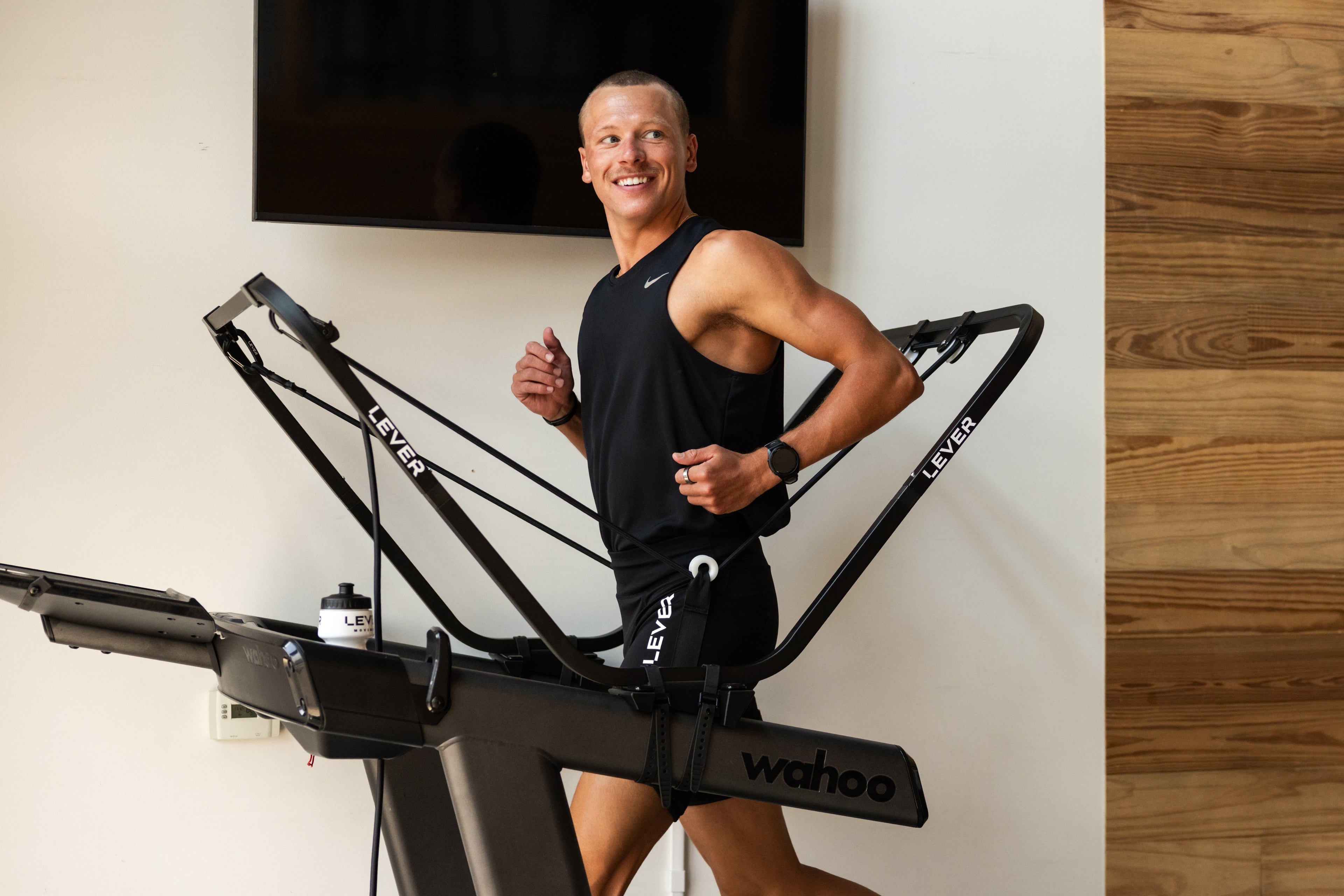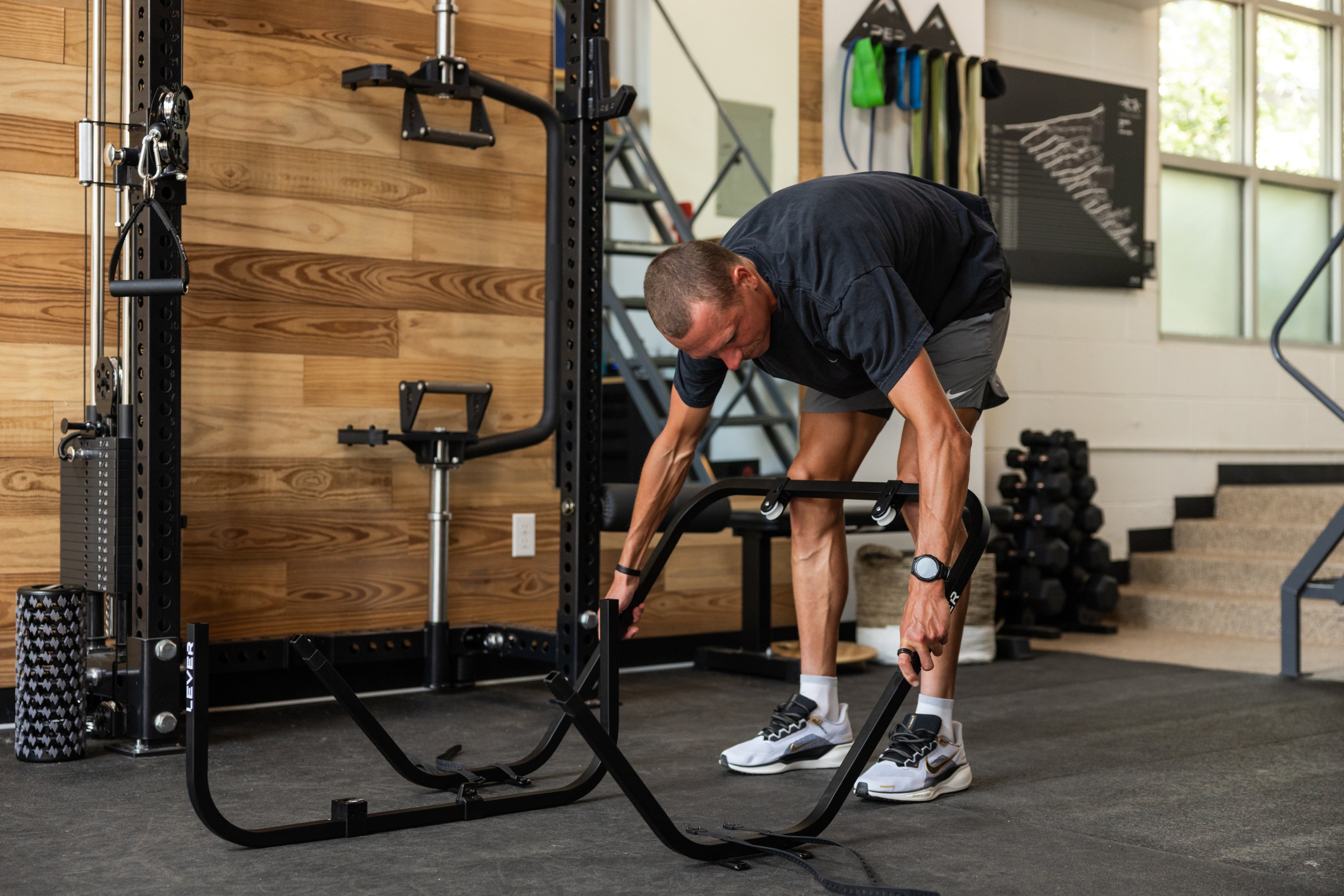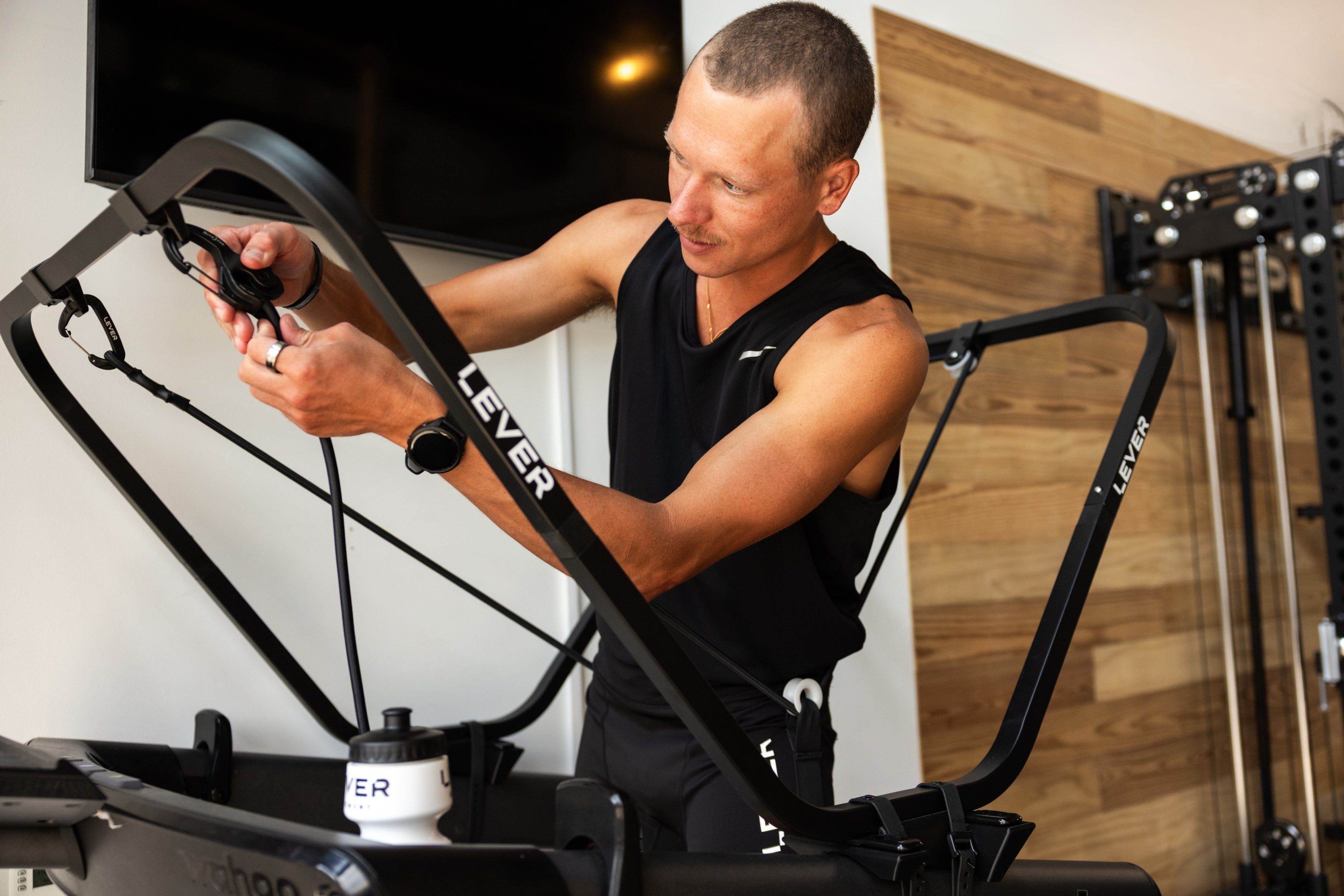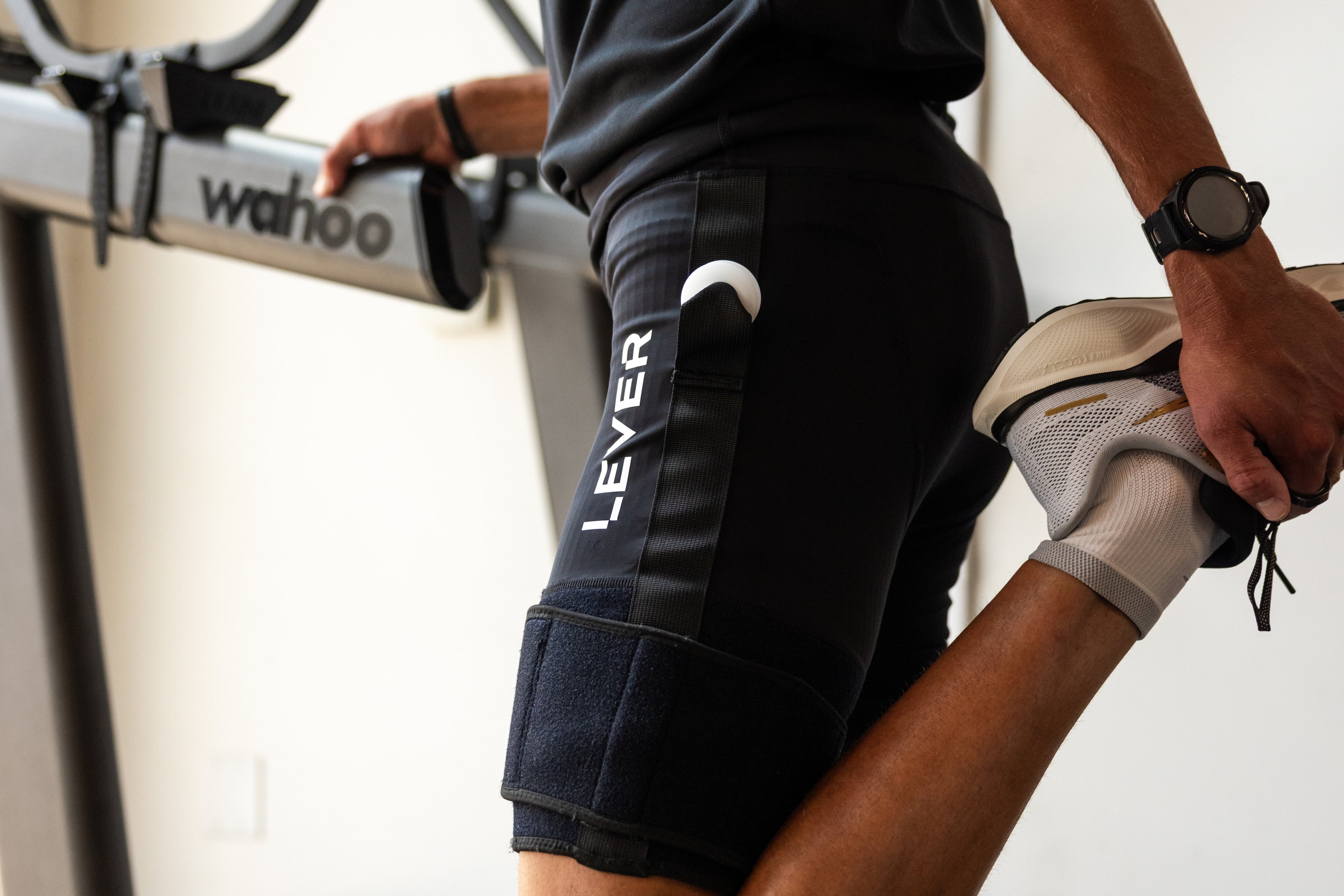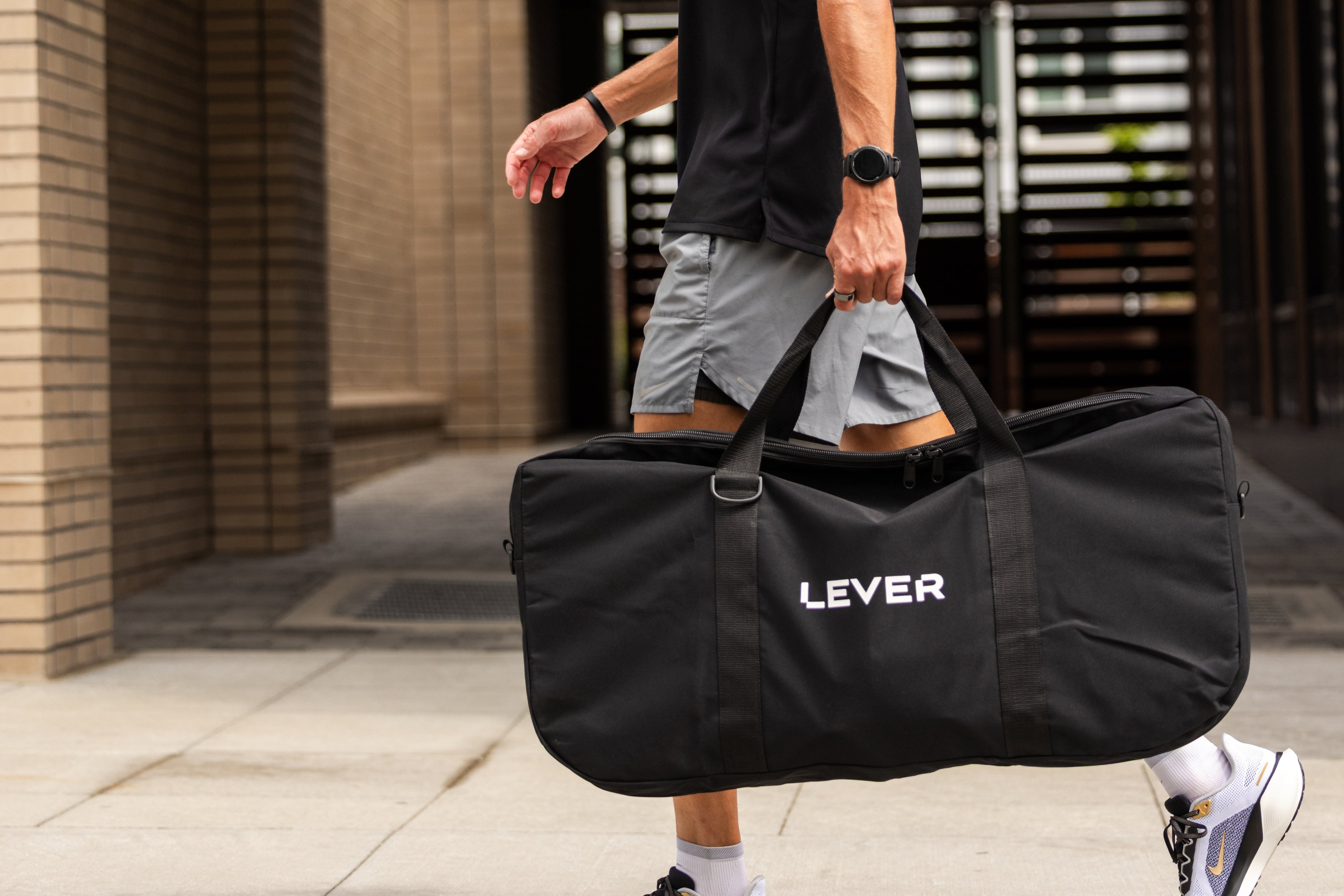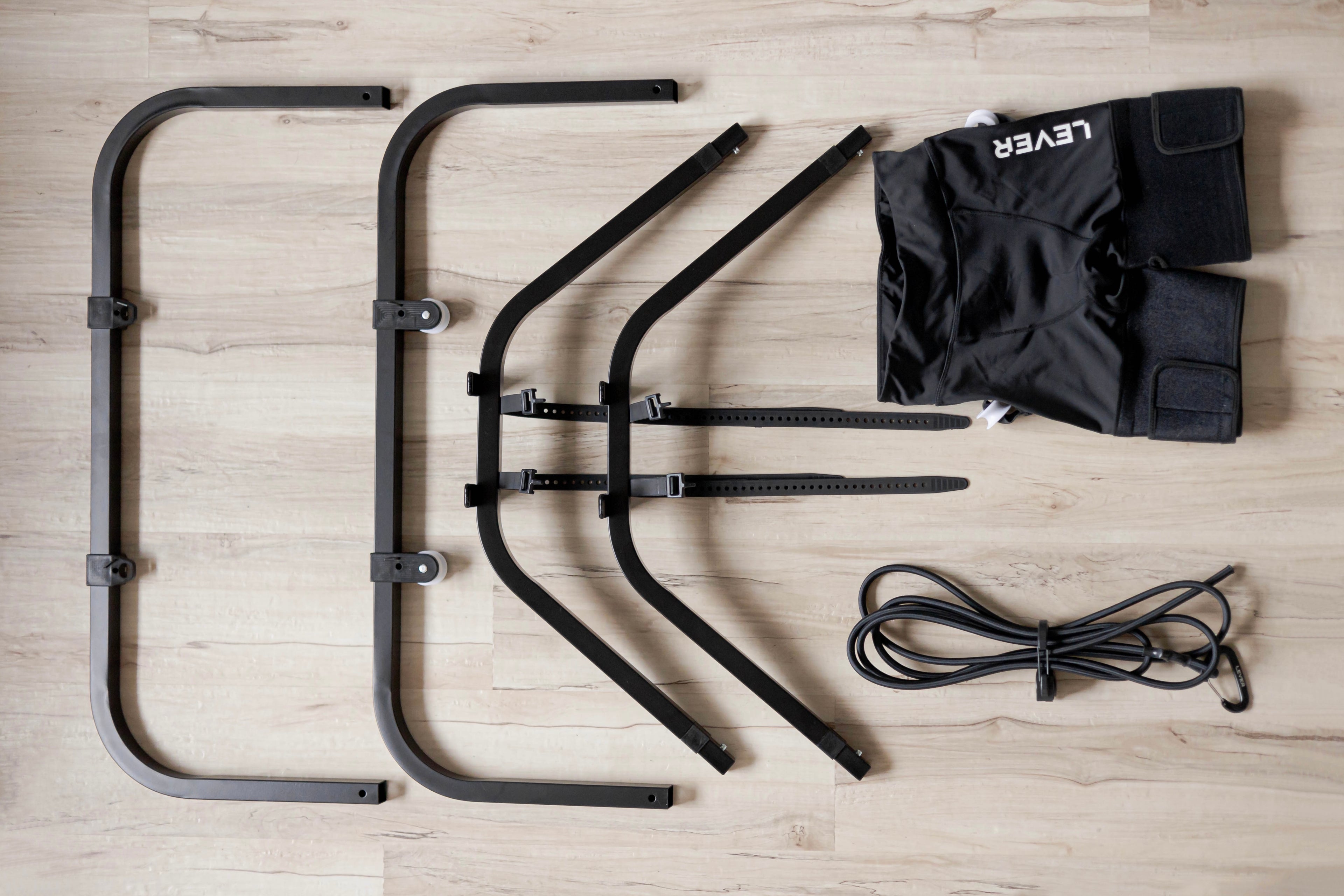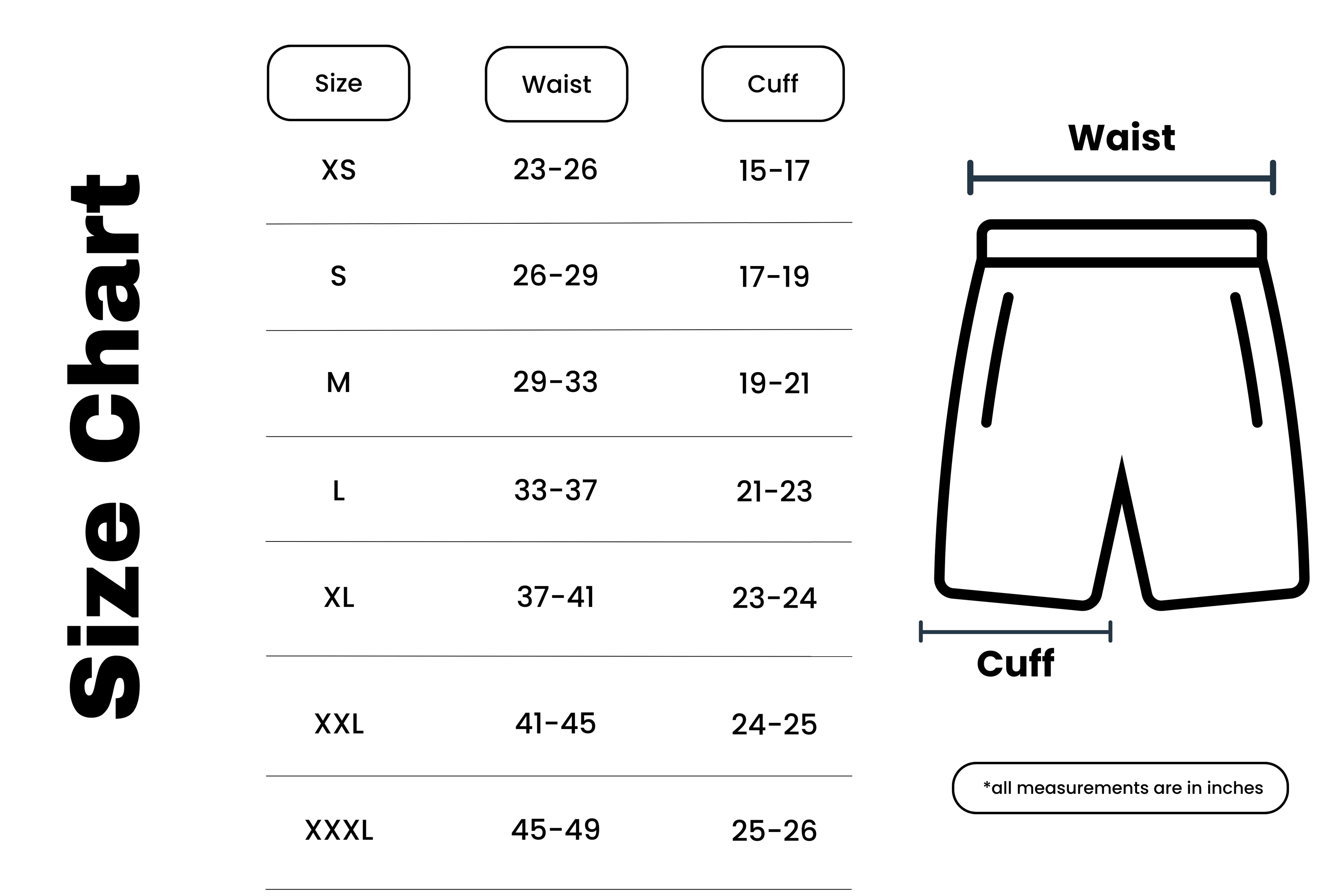As a runner, you understand the importance of a good training regimen and proper recovery. While stretching and rest are essential, foam rolling has emerged as a key practice to enhance recovery and improve performance. Here's why incorporating foam rolling into your post-run routine can be a game changer.
What is Foam Rolling?
Foam rolling, or self-myofascial release (SMR), involves using a foam roller to apply pressure to specific muscles and fascia, the connective tissue surrounding your muscles. This technique helps to release muscle tightness, improve blood flow, and promote faster recovery.
Benefits of Foam Rolling After Running
1. Alleviates Muscle Soreness and Tightness
Running, especially long distances or intense sessions, can lead to muscle soreness and tightness. Foam rolling helps to break down adhesions and knots in the muscles, providing relief from discomfort and improving flexibility.
2. Enhances Blood Flow
By applying pressure to the muscles, foam rolling increases blood circulation to the targeted areas. Improved blood flow delivers more oxygen and nutrients to the muscles, aiding in quicker recovery and reducing inflammation.
3. Prevents Injury
Regular foam rolling can help identify and address muscle imbalances and tight spots before they become problematic. This proactive approach can prevent injuries, ensuring that you stay on track with your training.
4. Improves Range of Motion
Tight muscles can restrict your range of motion, affecting your running form and efficiency. Foam rolling helps to loosen these muscles, allowing for a greater range of motion and more fluid movements during your runs.
5. Speeds Up Recovery
After a run, your muscles need time to repair and rebuild. Foam rolling aids in this process by reducing muscle tension and promoting faster recovery. This means you can get back to your training routine with less downtime.
How to Foam Roll After Running
-
Choose the Right Foam Roller
- Opt for a medium-density foam roller for a balance of comfort and effectiveness.
- For deeper pressure, consider using a textured roller or a roller with ridges.
-
Focus on Key Muscle Groups
- Spend extra time on the calves, quadriceps, hamstrings, IT band, and glutes.
- Roll each muscle group for 1-2 minutes, ensuring you cover the entire length of the muscle.
-
Apply Proper Technique
- Use slow, controlled movements to roll back and forth over the muscle.
- When you find a tender spot, pause and hold the pressure for 20-30 seconds to release the tension.
-
Listen to Your Body
- Foam rolling should be uncomfortable but not painful. Adjust the pressure as needed to avoid overdoing it.
- Consistency is key. Incorporate foam rolling into your post-run routine at least 3-4 times a week.











